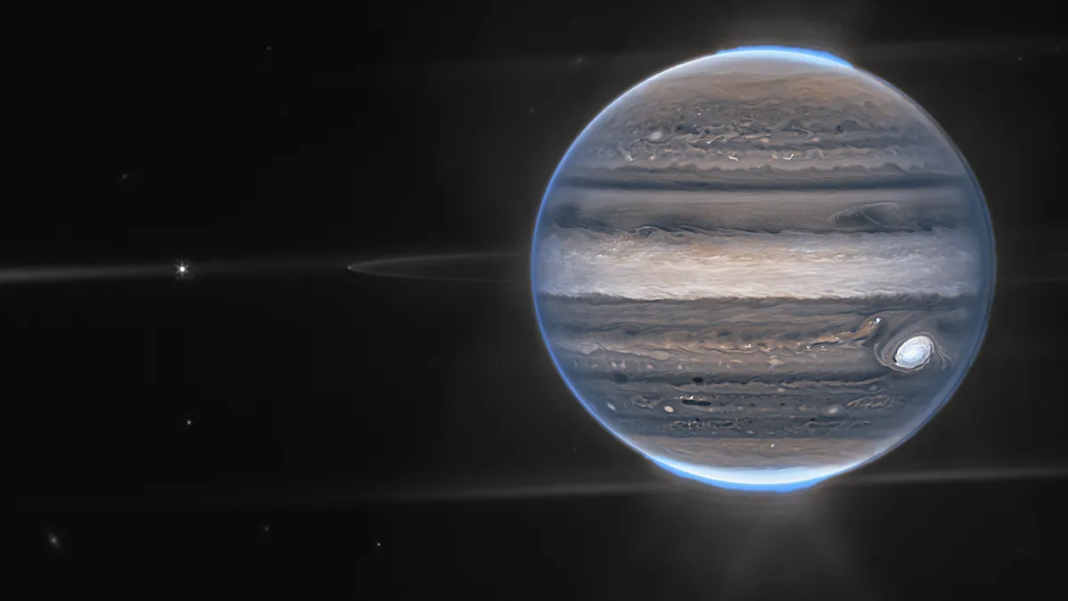The James Webb Space Telescope (JWST) was launched on December 25, 2021, and since then has captured a large number of unique images. It is designed to provide better resolution and sensitivity in the infrared spectrum than the Hubble telescope. He has recently managed to take very detailed images of Jupiter, which show its rings, auroras and atmospheric details. This planet has a very fascinating structure and watching its turbulent atmosphere is a breathtaking experience.
Display of infrared images
JWST observes the universe in infrared light, which is invisible to humans. In order to see the images from the telescope, they are mapped from three different filters to the colors that are visible to our eyes. The shortest wavelength is shown in blue and the longest wavelength in red.

Stunning aurora borealis
Watching the aurora borealis on Earth is beautiful, but it’s nothing compared to the aurora borealis on Jupiter. The images show large auroras and some of the high-altitude hazes are mapped in red. The deepest parts are in blue and the white spots in the images are caused by reflected sunlight.

The larger and wider image shows not only Jupiter, but also other objects. We can see here a diffraction spike from volcanic moon Io, the gas giant’s very thin ring system, and its inner moons Amalthea and Adrastea, the second and third fastest moons in the Solar System. In addition, there are white dots in the photo, these are not stars, but distant galaxies. It took a long time to get JWST into orbit, but its work is worth it. This is certainly not the last beautiful images that this telescope will surprise us with.
Image Credit: NASA, ESA, Jupiter ERS Team; image processing by Ricardo Hueso (UPV/EHU) and Judy Schmidt















